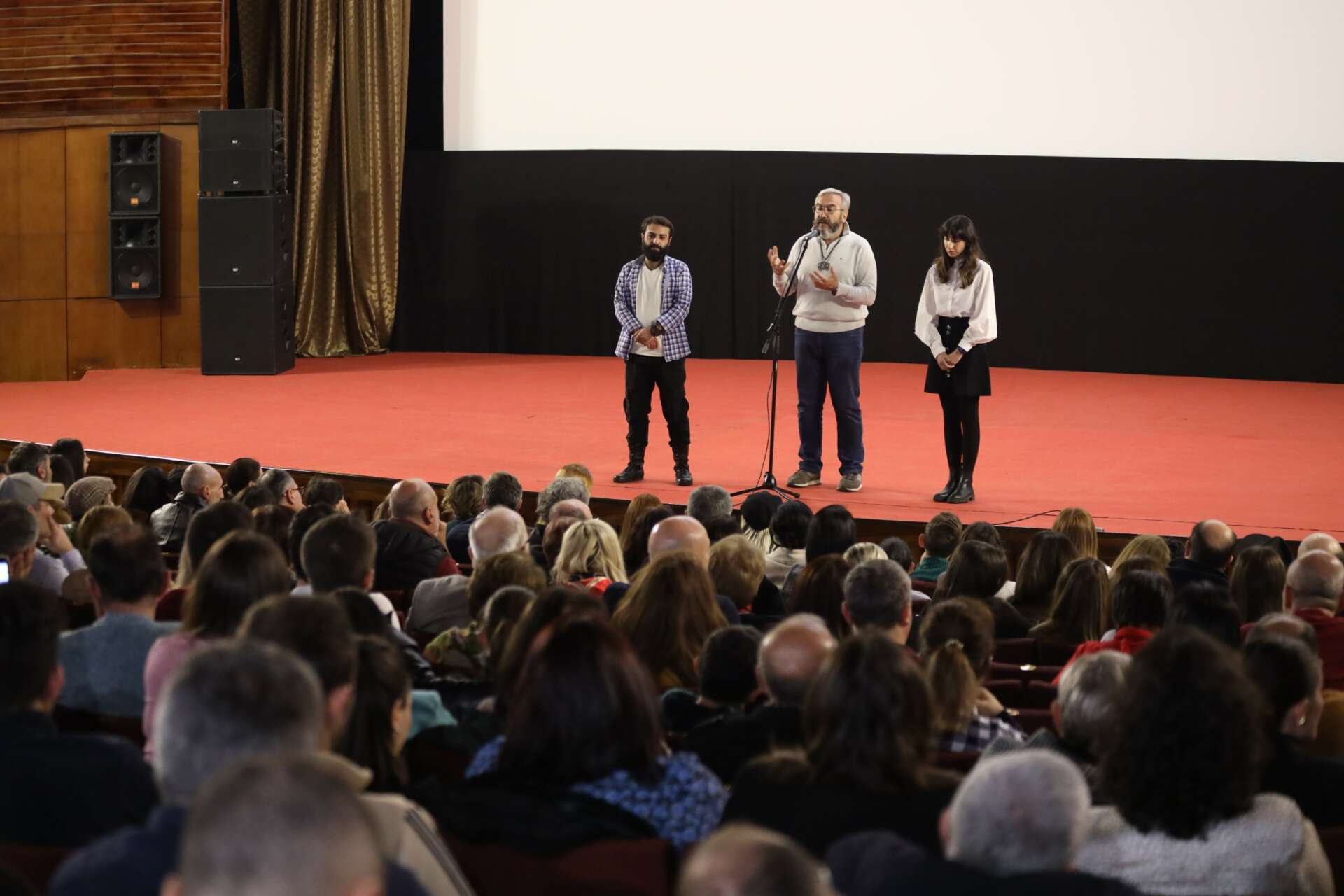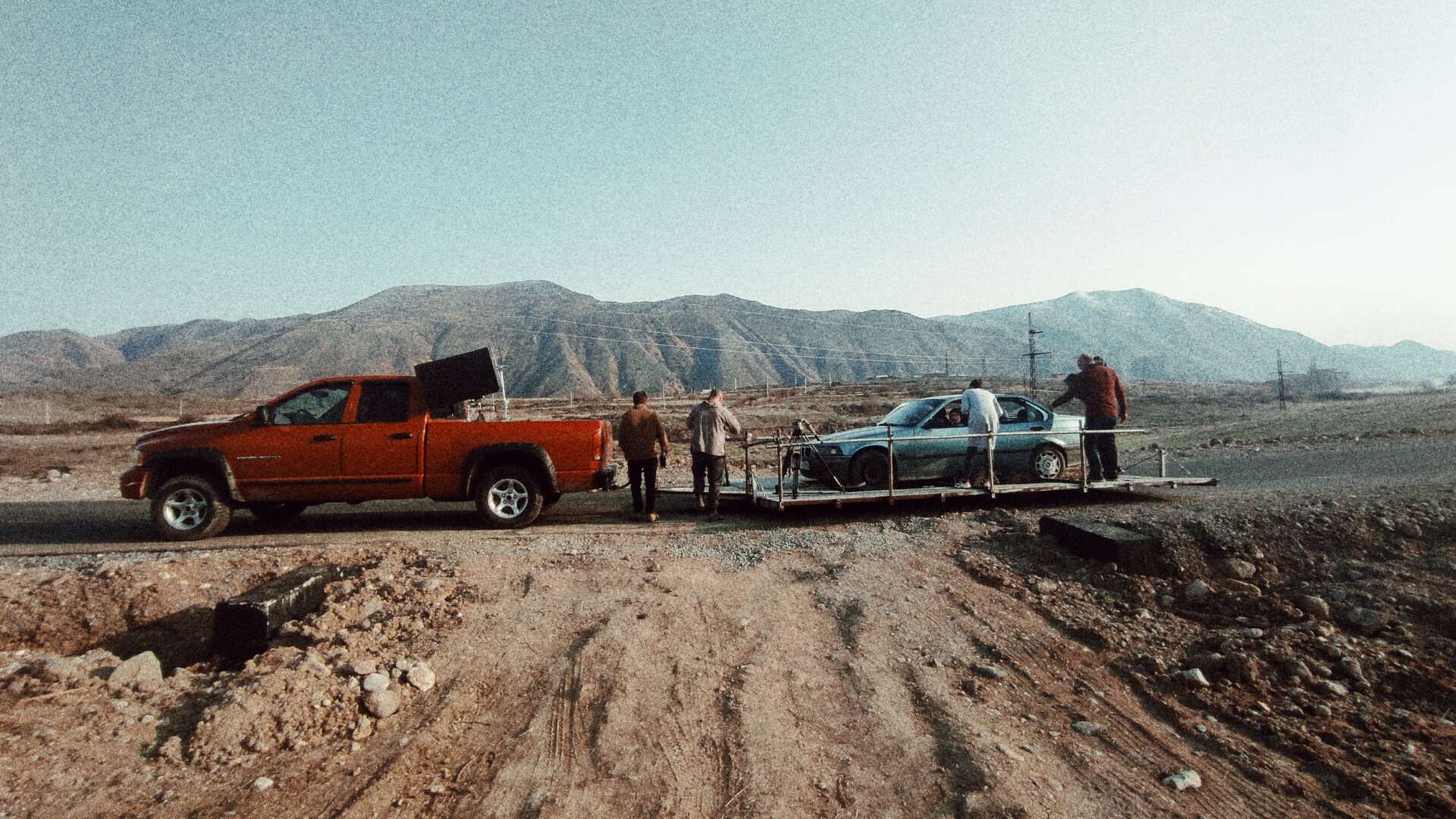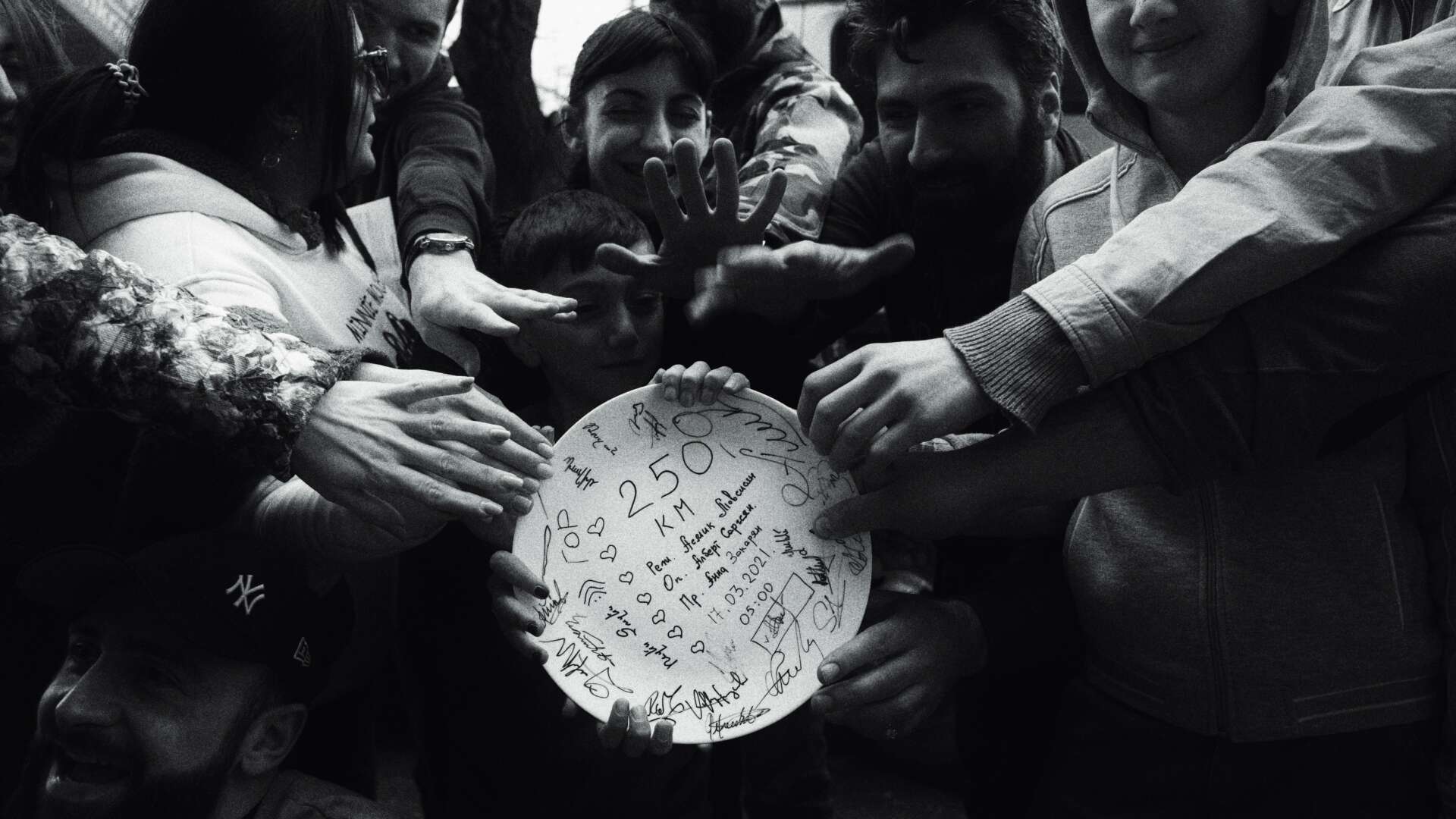Alright – so today we’ve got the honor of introducing you to Hasmik Movsisyan. We think you’ll enjoy our conversation, we’ve shared it below.
Hasmik, thanks for joining us, excited to have you contributing your stories and insights. We’d love to hear about a project that you’ve worked on that’s meant a lot to you.
As an Armenian born during the first Artsakh war of independence in 1991, war has been a constant but often dormant part of my existence, since most of my life I have lived in relative peace. But my reality and the lives of 10 million people suddenly changed on September 27th, 2020 and the ensuing war shaped a new reality, one where the idea of war had metastasized from a distant possibility to an immediate threat.
While witnessing the 44-day war in September 2020, as a filmmaker I kept thinking that in film, war is often depicted at the frontline, where fighting takes center stage. But what happens when your home becomes the frontline? How do you get to safety? What road do you take?
The real stories of survival that shed light on these questions were both shocking and inspiring. Like the story of 14-year-old Vahe, who’s childhood was interrupted by a brutal war, who was suddenly faced with a decision that changed the fate of his family forever.
With this short film, I hope to tell an authentic story of survival through an artistic recreation of real events, depict the devastating reality of war in the 21st century, and highlight the heavy burden children learn to carry in conflict zones.


Great, appreciate you sharing that with us. Before we ask you to share more of your insights, can you take a moment to introduce yourself and how you got to where you are today to our readers
After graduating from the medical faculty of St. Petersburg State University, I decided to follow my passion for film. It was a tough decision, but I knew it was the right one. I had always been drawn to the magic of the big screen and the power of storytelling. So, I applied to the directing department of Gerasimov Institute of Cinematography (VGIK).
To my delight, I was accepted into the feature film workshop of Alexander and Vladimir Kott and Anna Fenchenko. It was an incredible opportunity to learn from some of the most talented and experienced filmmakers. Their guidance and mentorship helped me to hone my skills and develop my own unique style.
Looking back, I’m grateful for the decision I made to pursue my passion for film. It wasn’t easy, but it was definitely worth it.
Over the past five years, I have come a long way in the field of cinema, from timid amateur films to a large-scale diploma work dedicated to a significant event in modern Armenian history. I received my film education at one of the most famous film schools in the world, the alma mater of Tarkovsky, Paradjanov, Sokurov, Bondarchuk. I believe that it is precisely my classical film education that allows me to combine an experimental approach in cinema with the traditions of world cinema, and to see cinema primarily as an art form.
I believe that my distinctive feature as a director is the ability to work with an ensemble of actors and create a separate, truthful world of the characters’ personal relationships.



What’s the most rewarding aspect of being a creative in your experience?
For many artists and creatives, the most rewarding aspect is the ability to express themselves and bring their ideas to life through their work. It allows them to share their unique perspective with others and to potentially inspire and provoke thought.
Additionally, art and creativity can be powerful tools for raising awareness of social issues, highlighting injustices, and promoting positive change. Through their work, artists and creatives have the ability to shine a light on important problems and offer new perspectives on complex issues, which can lead to increased empathy and understanding.
Furthermore, the ability to change people’s minds and inspire them is also a fulfilling aspect of being an artist or creative. Many works of art have the power to challenge long-held beliefs and spark new ideas, which can have a significant impact on individuals and society as a whole.
Overall, the most rewarding aspect of being an artist or creative may vary from person to person, but the ability to express oneself, raise awareness of important issues, and inspire others are all common themes.
Is there mission driving your creative journey?
Developing Armenian cinema is my goal. It is an opportunity to showcase your culture, history, traditions, and way of life to a global audience.
Armenian cinema has a long history that dates back to the early 20th century, and it has played an important role in preserving and promoting Armenian culture, language, and identity. Armenian filmmakers have produced films that showcase the beauty and richness of Armenian culture, as well as films that tackle important social and political issues.
One of the most well-known Armenian filmmakers is Sergei Parajanov, whose films are celebrated for their artistic and poetic quality. Parajanov’s films often incorporated Armenian folk traditions and symbols, and they were instrumental in bringing Armenian culture to a wider audience.
In recent years, Armenian cinema has continued to grow and flourish, with new filmmakers exploring a variety of genres and themes. Some recent Armenian films have gained international recognition and awards, helping to promote Armenian culture and identity on the world stage.
Overall, Armenian cinema has a rich and diverse history that continues to evolve, and it is an important part of the country’s cultural heritage.
Contact Info:
- Website: https://www.hasmikmovsisyan.com/
- Instagram: https://www.instagram.com/hasmikmovsiisyan/
- Facebook: https://www.facebook.com/hasmikmo
- Linkedin: https://www.linkedin.com/in/hasmik-movsisyan-86346911b/
- Twitter: –
- Youtube: https://www.youtube.com/channel/UCt_kFqNHowQGVnd0dZew7zw
- Yelp: –
Image Credits
By Robert Poghosyan By Alen Gasparyan


